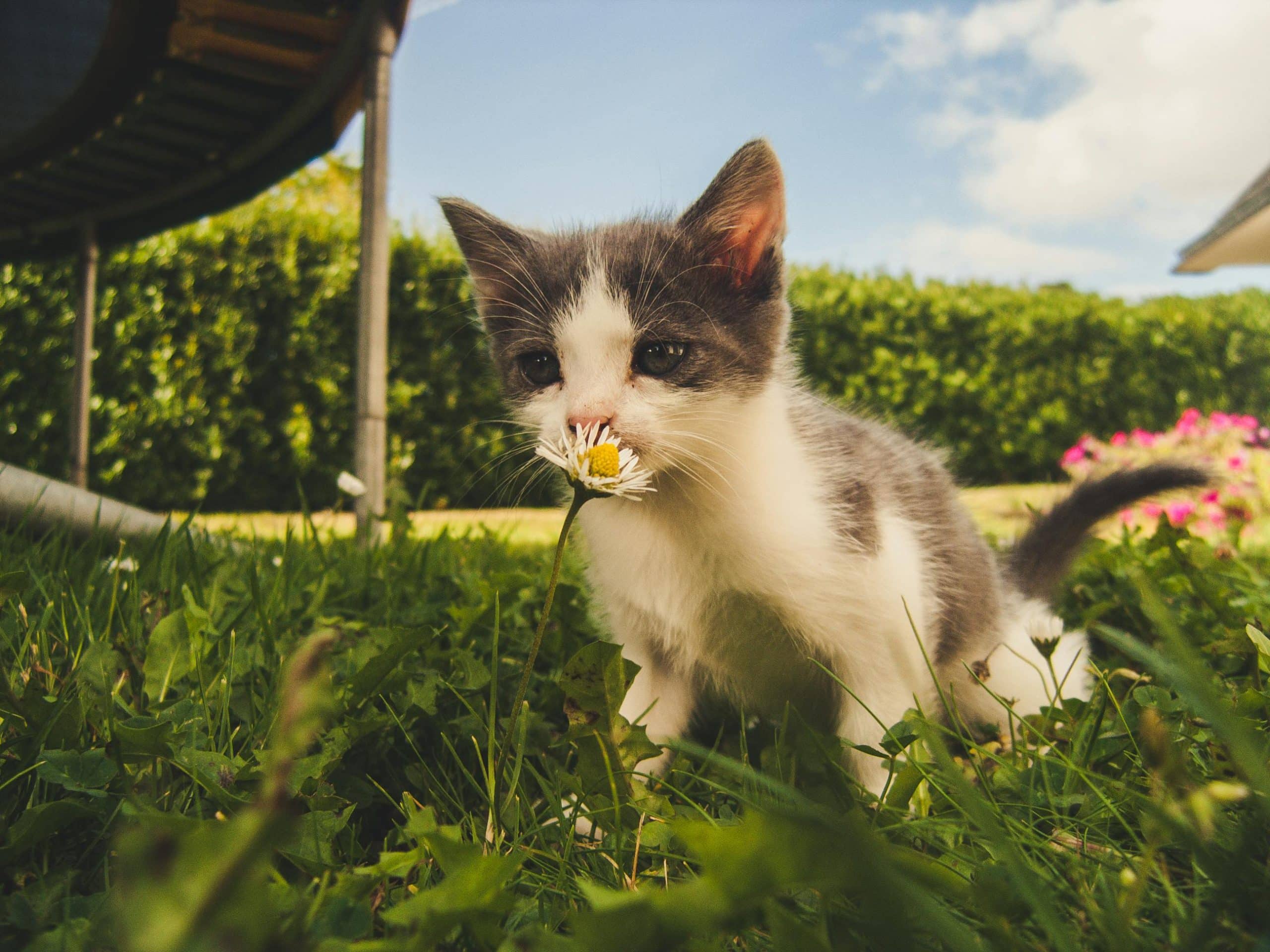What are the best flowers to plant in a pet-friendly garden?

As pet owners, we all want to provide our furry friends with a safe and enjoyable outdoor environment. One of the main challenges is to choose plants that not only add beauty and color to our gardens but are also safe for our pets. Dogs and cats, curious by nature, love to explore and are often irresistibly drawn to interesting plants and flowers. Some plants, however, can be toxic to our pets, causing anything from mild irritation to serious health problems. Therefore, selecting pet-friendly flowers for your garden is of utmost importance. This article will guide you through the best flowers to plant in a pet-friendly garden and provide some tips on how to keep your pets safe while they enjoy the outdoors.
The Best Pet-Friendly Flowers to Grow
When planning a pet-friendly garden, it’s important to keep in mind that not all beautiful blooms are safe for your four-legged friends. There are some flowers, however, that are just as harmless as they are gorgeous.
Dans le meme genre : What are the best dog breeds for guarding your home?
Sunflowers are one such choice. These towering giants are not only safe for pets but also serve as a great source of shade during the hot summer months. Zinnias, with their bright, cheery flowers, are another fantastic option. They are easy to grow and are safe for both dogs and cats. Roses, apart from their thorns, are safe for pets. Their robust nature means they can withstand a bit of nibbling and their beautiful blooms add a touch of elegance to any garden.
Camellias are another pet-friendly option. They offer a beautiful display of flowers during autumn and winter when very few other plants are in bloom. If you’re looking for ground cover, consider baby’s tears. This plant is safe for pets, hardy, and thrives in areas with low light and high moisture.
A lire en complément : How to build a strong bond with your pet
Creating a Safe Environment for Pets in Your Garden
Ensuring that the plants and flowers in your garden are pet-friendly is only the first step. There are other aspects to consider when creating a garden that’s safe for your pets.
It’s important to always supervise your pets when they are in the garden. Dogs especially love to dig and can easily damage delicate flowers and plants. Secure fencing will also prevent your pets from wandering off and possibly ingesting plants from other gardens that may not be safe.
Keep your garden free of pesticides and fertilizers that can be harmful if ingested. Opt for organic products that are safer for both your pets and the environment.
How to Train Your Pet to Respect Your Garden
While some dogs and cats may naturally avoid certain plants, others may need a little training. Teaching your pet to stay out of certain areas can help protect both your garden and them.
Start by creating pet-friendly zones in your garden. These could be areas where they are allowed to play, dig, or relax. Encourage them to stay in these zones by providing toys, water, and shade. It’s also a good idea to keep their favorite activities, like a sandbox for digging or a water feature for cats to drink from, within these zones.
To discourage them from entering the rest of the garden, you could use pet-safe deterrents. These could include harmless sprays that have a smell pets dislike, or certain types of mulch like pine cones or citrus peels.
Choosing the Right Soil and Watering Techniques
The health of your flowers depends significantly on the type of soil and the watering techniques you use. The soil should be well-draining but also able to retain enough moisture to keep the plants healthy. Both over-watering and under-watering can harm your flowers.
It’s also important to keep an eye on the pH levels in your soil. Most flowers prefer a slightly acidic to neutral pH, but this can vary depending on the specific plant.
When it comes to watering your plants, it’s usually best to water deeply and infrequently. This encourages the roots to grow deeper into the ground, making the plants more resilient.
Finding the Balance: A Beautiful and Pet-Friendly Garden
Creating a pet-friendly garden does not mean you have to compromise on beauty. By choosing pet-safe flowers, creating safe zones, training your pets, and caring for your plants properly, you can have a garden that’s both beautiful and safe for your four-legged friends.
Remember, the key is to know your plants. Make sure to research each plant before you bring it into your garden. And, as always, supervise your pets while they are outside to ensure they are not eating something they shouldn’t.
With the right choices and precautions, you can create a pet-friendly garden that is a delight to both you and your pets.
Proper Pet Training is Key to a Pet-Friendly Garden
Enabling your pets to coexist harmoniously with your garden starts with suitable training. Cats and dogs have different behaviors that need managing to protect your plants and their health. A well-trained pet can enjoy a garden without causing destruction or consuming toxic plants.
To foster a pet-friendly environment, consider creating designated areas for your pets that cater to their natural instincts for play, relaxation, and exploration. You may want to include features like a sandbox for dogs who love to dig or a water feature for cats to drink from or play in.
Encourage your pets, whether cats, dogs, or both, to stay in these designated zones by equipping these areas with toys, water, and shade. Remember, it is vital to communicate effectively with your pets about their established boundaries in the garden. Reward them for staying within their zones and gently correct them when they stray.
To ensure that the rest of your garden remains undisturbed, consider using pet-safe deterrents, such as non-toxic sprays with odors that cats and dogs find unpleasant. Mulch materials such as pine cones or citrus peels can also act as natural, safe deterrents.
Watering and Soil Conditions for a Healthy Pet-Friendly Garden
A healthy garden is a result of the right combination of soil and watering techniques. The soil in your garden should be well-draining to prevent waterlogging, which can damage roots and lead to unhealthy plants. However, it should also retain sufficient moisture to keep your plants thriving.
Keep in mind your soil’s pH level. Most flowers prefer slightly acidic to neutral pH levels, but this can vary, and it’s essential to adjust the pH according to the specific needs of each plant.
When it comes to watering, remember that deep, infrequent watering is typically the most beneficial. This method encourages plant roots to grow deeper into the ground, making them more resistant to drought and other stressors. So while ensuring a pet-safe environment, also remember to take care of your plants.
In Conclusion: An Artful Blend of Beauty and Safety
Creating a pet-friendly garden implies a perfect blend of aesthetics and safety. By choosing plants that are safe for dogs and cats, establishing pet-friendly zones, and investing in the appropriate pet-training, it’s indeed possible to have a garden that’s both attractive and secure for your furry friends.
Researching each plant before introducing it into your garden is one of the most crucial steps to avoid toxic plants that can cause vomiting and diarrhea in pets. Always supervise your pets when they are outdoors to prevent them from consuming something potentially harmful.
With the right planning and precautions, you can craft a garden that is not only pleasing to the eye but also a haven for your pets. A dog-friendly, cat-friendly, and pet-friendly garden environment allows you and your pets to enjoy the fullness of nature without any worries. Remember, a pet-safe garden is a happy garden!
